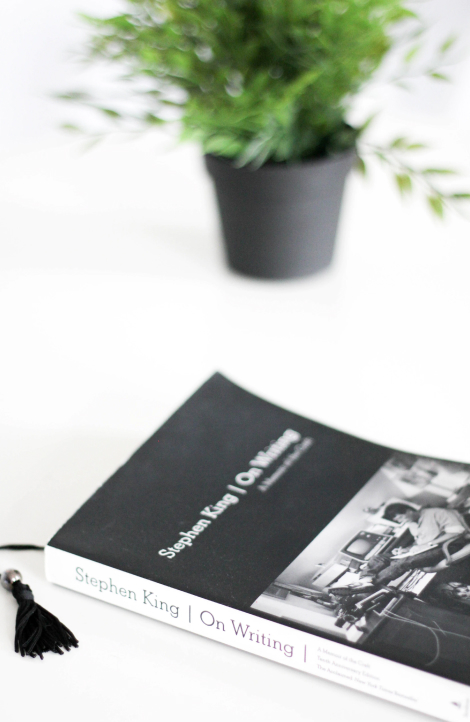Orthopaedic Trauma Surgery: Volume 3: Axial Skeleton Fractures and Nonunion
- Thể loại: Phẫu thuật chỉnh hình
 226 trang
226 trang 2023
2023
300.000 đ
The book adopts the principle of guiding surgery by anatomy, fixation by biomechanics, and clinical procedures by functional recovery. In each chapter, the applied anatomy of the fracture site is first introduced, which confers prominence to the relationship between the anatomical structure and surgery and emphasizes the structure that must be protected and repaired during surgery. In addition, the biomechanical characteristics of the fracture site are described, so that the appropriate fixation method can be selected according to the characteristics of the mechanical environment. In most chapters on periarticular fractures, the book also describes in detail how the joints fulfil their function, which is often the core of clinical decision-making, with the hope that the reader can understand the how and the why.
The book adopts the outline-style format instead of the traditional paragraph-by-paragraph discussion to supply readers with the "extracted essence" in a more succinct manner, which improves the logical flow and concision and thereby improves the readability of the book. In addition, using more than 3,000 illustrations and photos in 3 volumes, many of which were obtained from our clinical practice, the book discusses injury mechanisms and the classification and assessment of extremity and axial skeleton fractures, with a focus on typical and new surgical methods developed in recent years. These illustrations and photos provide the reader with a good reference for learning surgical techniques and skills.
This third volume is focusing on axial skeleton fractures and nonunion in 5 chapters.
Đọc thêm
Sách liên quan

 Tải lên
Tải lên



 Mua sách in
Mua sách in











